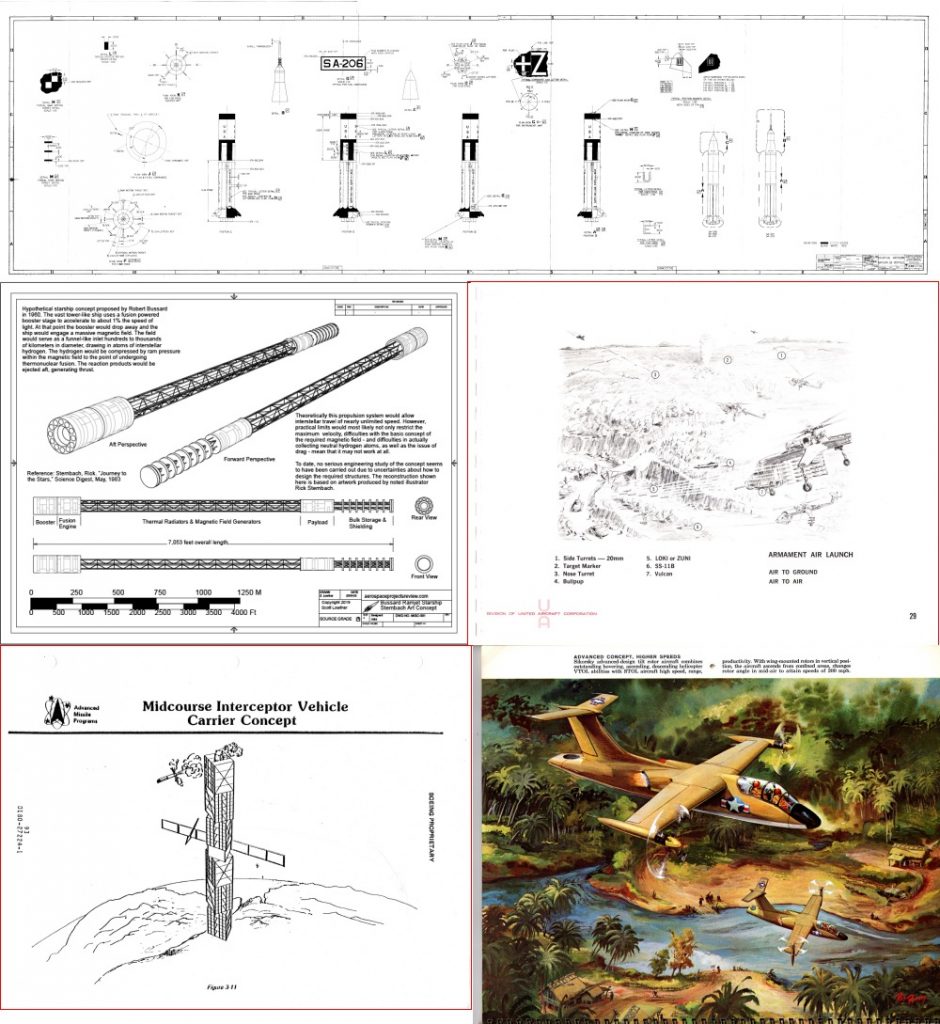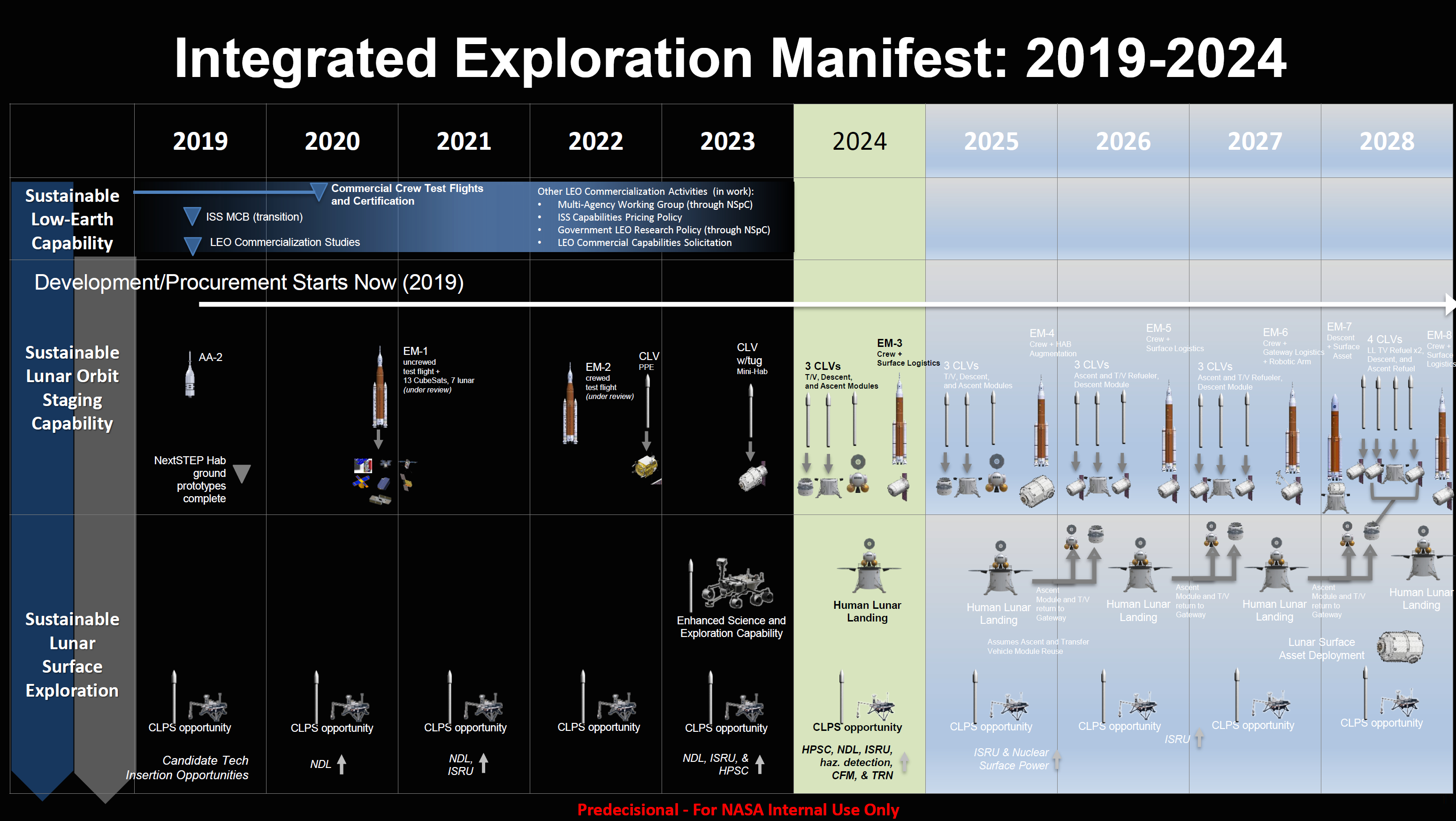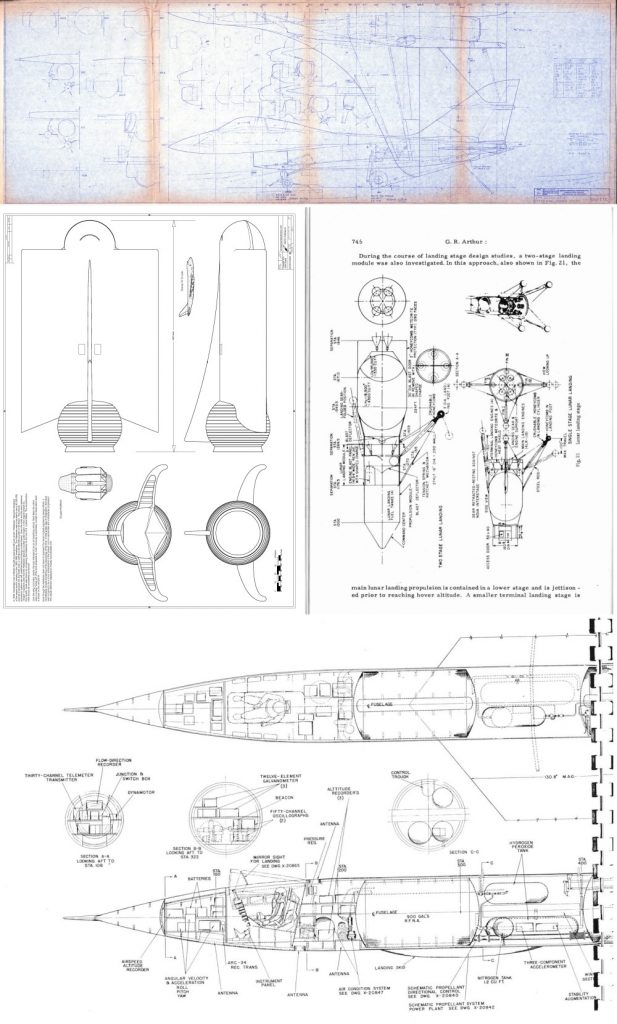This looks…interesting. There seems to be a whole lot in here, and a lot of it doesn’t seem to make sense. It’s clearly set a good deal of time in the future, but a lot of the engineering looks like it’s from the 60’s. The “space station” at the beginning is either hanging at the end of a space elevator at the upper reaches of the atmosphere or it’s violating the laws of physics.
Ron Moore, he of “Deep Space Nine” and “Battlestar Gallactica” fame, is coming out with another new series that looks pretty fantastic: “For All Mankind.” It’s an alternate history show where the Soviets make it to the Moon before Apollo… and as a result, the US doubles-down and, seemingly, goes for the “let’s conquer the whole damn universe” approach.
Downside: it’ll be on Apple TV+, yet another streaming service I ain’t gonna pay for.
I have often wondered if the Soviets succeeding would have led to the US either expanding Saturn/Apollo, or just giving up.For Apollo to have gone on to greater things, I suspect history would have required a different, better President than LBJ who squandered Apollo in favor of micromanaging Viet Nam and in bloating the budget with the Great Society programs.
On May 31st, APR Patrons and Monthly Historical Documents program subscribers were sent emails containing links to the May, 2019, rewards. This months set of documents and diagrams included high-rez copies of:
Document: “Manned Lunar Vehicle Design,” a General Electric paper from 1962 describing a direct-landing Apollo concept
Document: “AP-76 Project 1226,” a highly illustrated Republic Aviation report from May 1955 describing their design for the X-15
Diagram: “DNI-27C, VFX Design Study Fixed Wing/Buried Engine,” September 1968 North American Aviation fighter design
CAD Diagram: three-view of the Dandridge Cole/Martin Aircraft “Aldebaran” giant nuclear powered launch vehicle notional concept
If this sort of thing is of interest and you’d like to get in on it and make sure you don’t miss any of the forthcoming releases, sign up either for the APR Patreon or the APR Monthly Historical Documents Program.
All prior “back issues” are available for purchase by subscribers. Recent months rewards have included:



In the least shocking news of the day…
Space firm founded by billionaire Paul Allen closing operations – sources
Right now it’s not official, it’s “sources say.” But Stratolaunch never made a lick of business sense, and going belly-up has seemed inevitable. As an ego project for a bajillionaire… sure. It’s no worse than a Russian oligarch or a Saudi prince splurging on a yacht the size of a battlecruiser; but once that bajillionaire is out of the picture – in this case, dead – the driving force behind it evaporates. And without a sound business case… shrug.
Since I moved out here in 2004, I think until today I had skipped a grand total of one test of a Shuttle booster or one of the derivatives. I “meh’ed” on the test today of the “OmegA” test… and of course this was the test where things had to get interesting.
Had this occurred in flight, it might well not have had any meaningful impact on the mission. Thrust would have been substantially cut down, and possibly thrown a little off-axis, but it occurred so late in the burn – at about 120 seconds – that the effect would have been small.
Still: that there might be something they’ll want to take a look at.
The god of thunder tried – and failed – to take out a Soyuz rocket on May 27, 2019.
Interesting note: the lightning strikes the nose of the vehicles, as you might expect, and disappears as it travels through the conductive metal body. it then continues as a recognizable lightningbolt on its way down to the ground. However… the lightingbolt does not appear from the tail of the Soyuz, but from well aft, seeming to appear out of nowhere. This is because the superheated and chemically “tainted” exhaust is substantially more conductive than plain air; through the hot gas the electricity can travel more freely and thus does not heat up that gas as it does regular air. Once the exhaust gases have cooled and the chemical dispersed so that they are no longer so conductive, the lightning resumes its normal appearance.

Color me meh:
NASA’s full Artemis plan revealed: 37 launches and a lunar outpost
Pros:
Manned lunar landing in 2024
Annual manned lunar landings to follow
Manned lunar base beginning 2028
No dependence upon “international co-operation”
Cons:
Requires the SLS
Requires the SLS on time
Requires the SLS on some sort of budget
Requires six SLSs in 2024-2028
Requires Congress to go along with Trump
Requires Trump to win in 2020

So… I’ll believe it when I see it happen, I guess.
But it’s a missile with fookin’ swords.
Secret U.S. missile kills terrorists with knives instead of explosives
The R9X is a modified version of the Hellfire. The warhead is removed and replaced with six deployable sword-sized blades. It kills the target not with an explosion, but with a hundred pounds of missile moving at the speed of sound slamming into the guys head, the blades just making sure that the target is super-dead.
NEW – @WSJ confirms the @CIA & @DeptofDefense have a new "secret" missile – the R9X, or "flying Ginsu" – which kills a selected target with 6 blades, but no explosive payload.
— "To the targeted person, it's as if a speeding anvil fell from the sky."https://t.co/DIQfnfJYDq pic.twitter.com/iM87WUFLhg
— Charles Lister (@Charles_Lister) May 9, 2019
Anyone remember those weird strikes, probably by US forces, mostly on cars, where there didn’t seem to have been an explosive payload, but everything inside the car was very dead?
Well, here it is, a secret kind of Hellfire:https://t.co/kTx8s5r4kB
— Nick Waters (@N_Waters89) May 9, 2019
The purpose of this is to limit collateral damage so that individuals can be targeted in urban areas without too much risk to surrounding civilians. Perhaps Representative Swalwell will consider using these rather than nuclear weapons when he fantasizes about murdering American citizens who dare exercise their constitutional rights.
This Is An Outrage
The Apollo 11 documentary that was made for IMAX will be available in a few days. That’s good. But then there’s this:
There are currently no plans for Universal to release the film in physical 4K Ultra HD.
That’s just mind-boggling.
Jeff Bezos of Amazon, Blue Origin and Drax Industries describes the Blue Moon lunar lander his company has been working on for three years (at a sufficient state of development that he thinks they can return humans to the moon by 2024), as well as showing somewhat longer-term goal for space development: O’Neill colonies.
Dreaming of space colonies measured in kilometers when you haven’t even orbited a golf ball yet? Perhaps rather a whole lot of hubris there. And yet…

